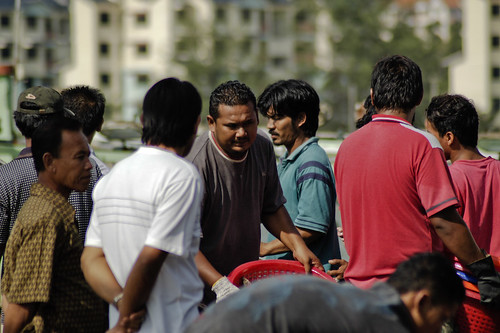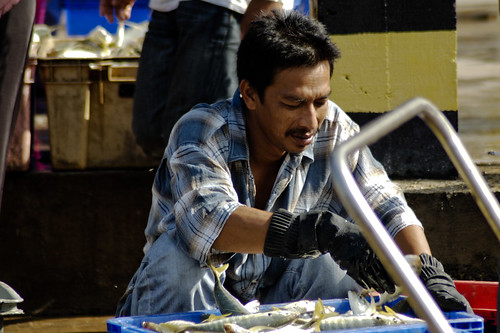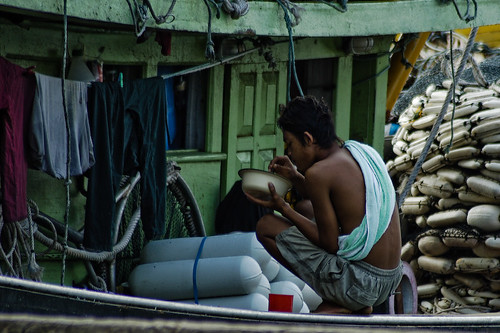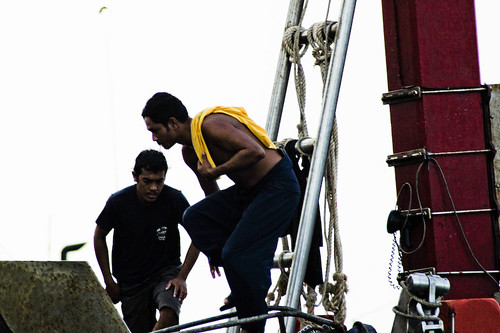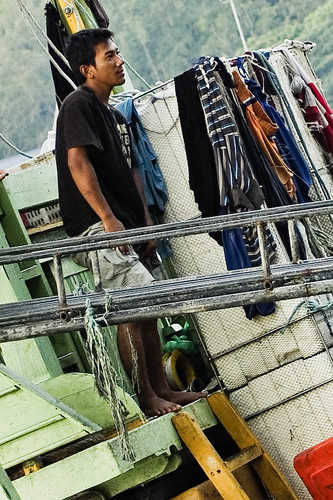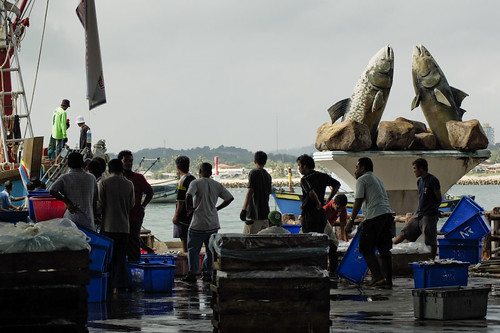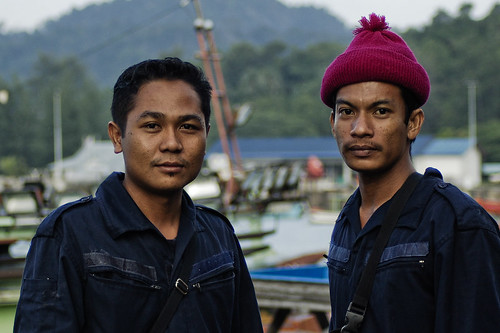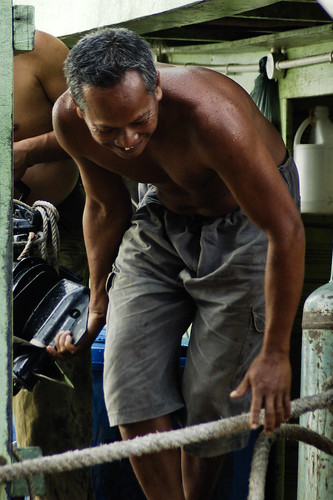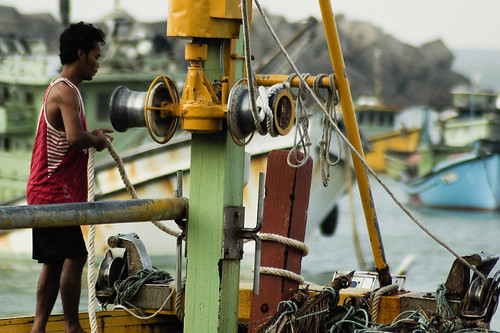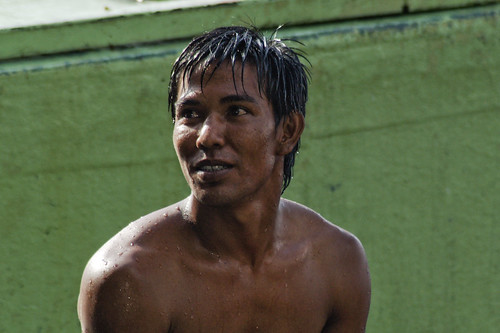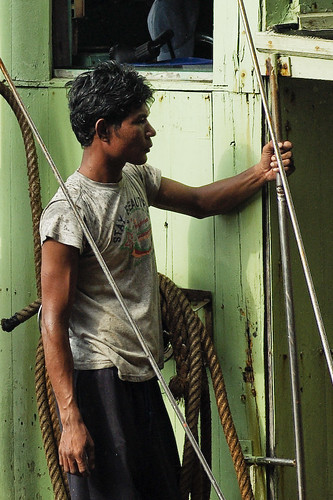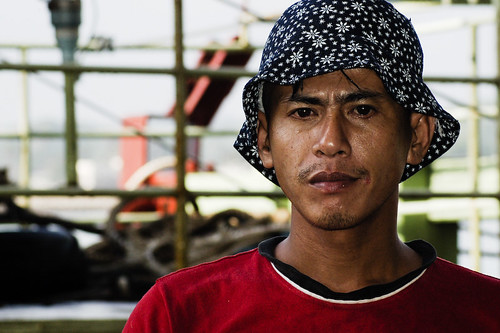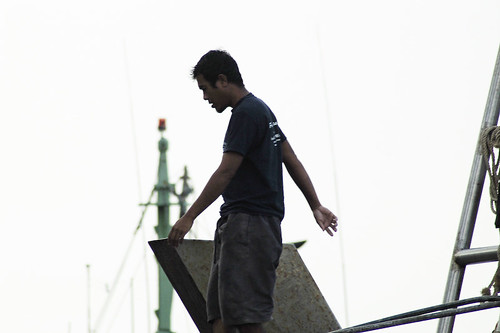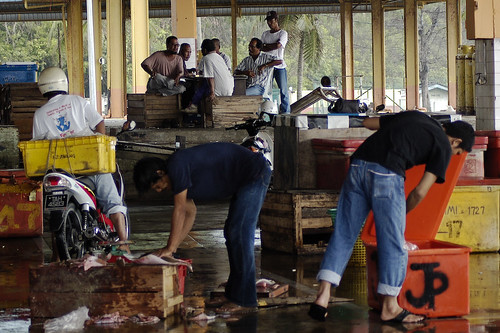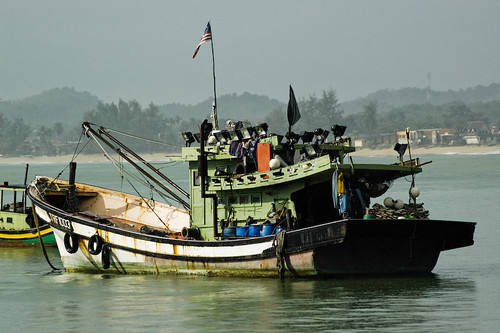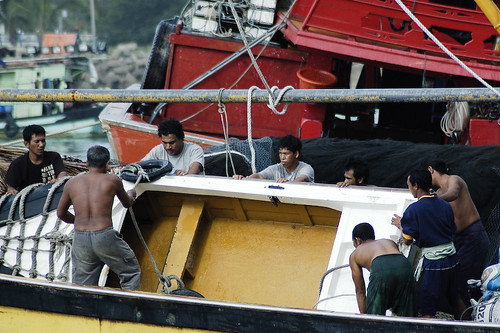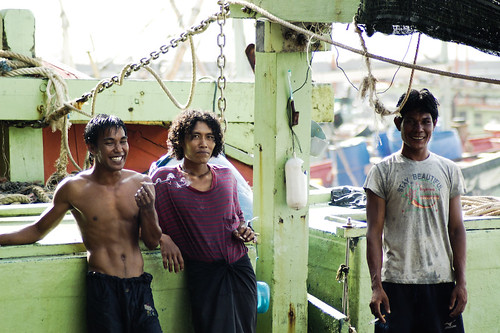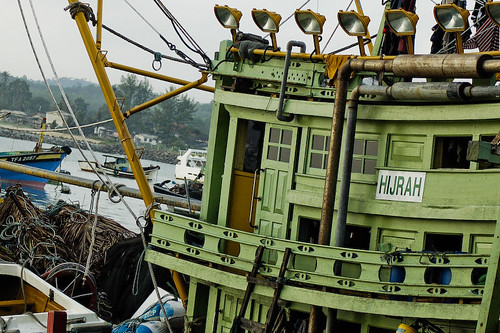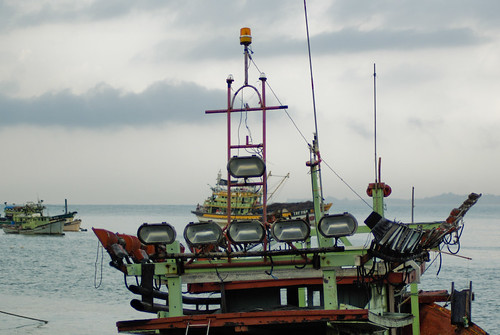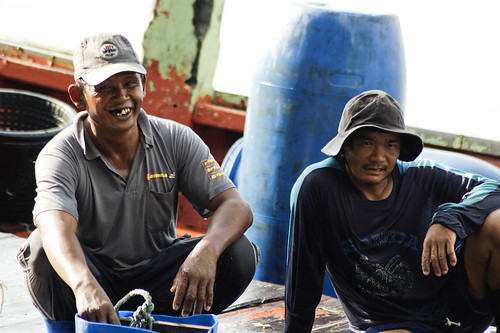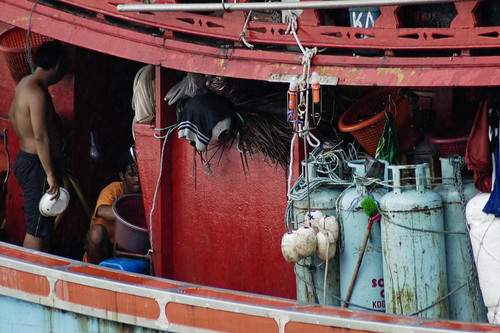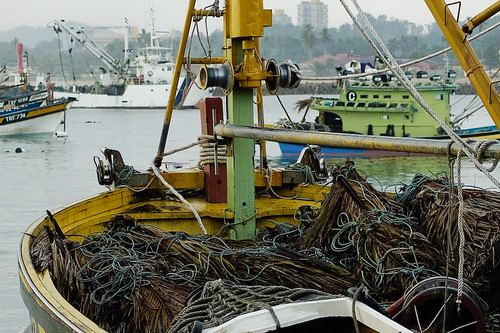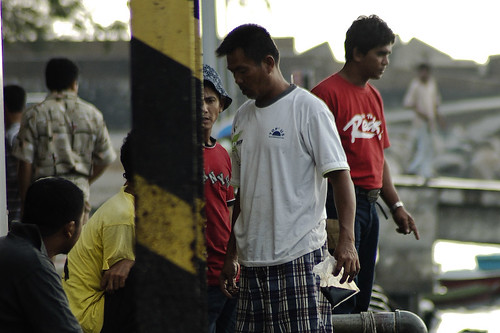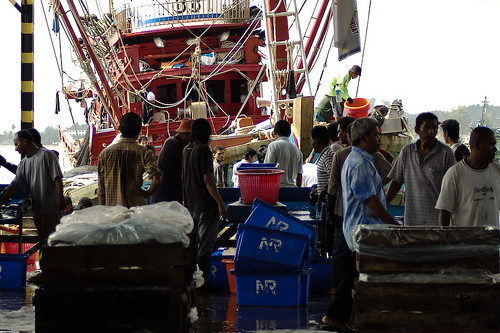Points to keep in mind when printing
Taken with a Nikon D50 and AF Zoom-Nikkor 70-300mm f/4-5.6G lens
Since the total pixel count for digital cameras is fixed, the size at which an image will be output on a printer will be calculated from the target resolution. Take the example of a photograph recorded with a digital camera at a size of 640 x 480 pixels. To print the image at a target resolution of 200 dpi, 1 inch requires 200 dots.
Width 2.54 cm x (640 / 200) = 8.1 cm
Height 2.54 cm x (480 / 200) = 6.1 cm
Output image quality will decrease if an image is printed larger than the above calculation allows. The standards for optimum output size for images recorded with 350,000 pixel, 800,000 pixel, 1,000,000 pixel, 2,000,000 pixel and 3,000,000 pixel CCD digital cameras and printed at a target resolution of 200 dpi are shown below.
DIGITAL CAMERA IMAGE SIZE OUTPUT SIZE
350,000 pixels 640x480 8.1cm x 6.1cm
800,000 pixels 1024x768 13cm x 9.8cm
1,000,000 pixels 1152x872 14.6cm x 11.1cm
1,300,000 pixels (E910) 1280x960 16.2cm x 12.2cm
2,100,000 pixels (E950) 1600x1200 20.3cm x 15.2cm
3,300,000 pixels (E990) 2048x1536 26cm x 19.5cm
Labels: AF Zoom-Nikkor 70-300mm f/4-5.6G, Chendering Fisheries Complex, Nikon D50, People, Photography
